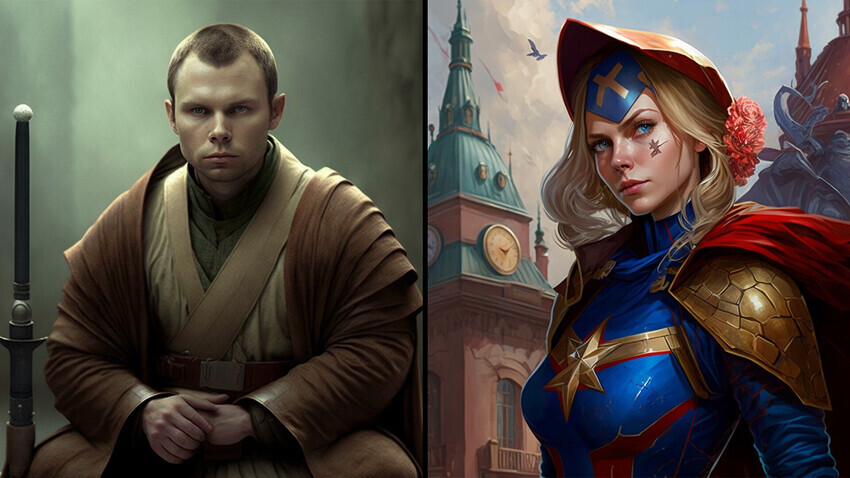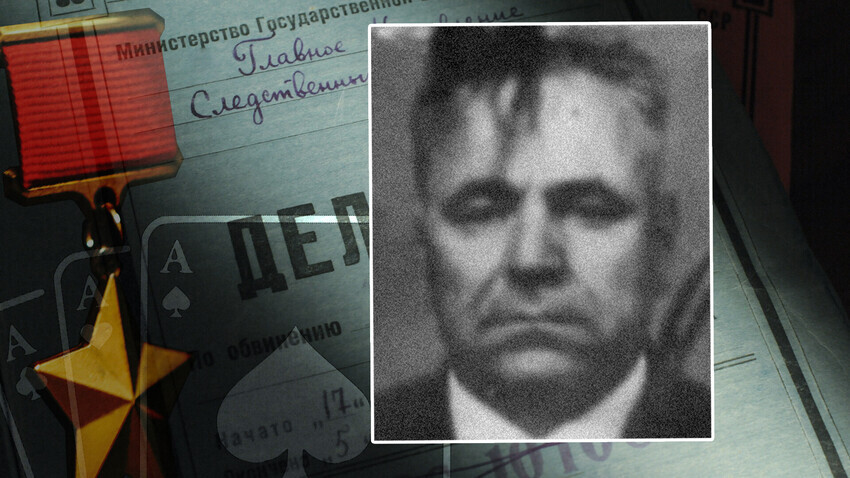

In 2021-2022, Russia Beyond’s camera crews traveled across the country for the project ‘Russia: 85 adventures’, filming short videos about activities in different regions. Enjoy an interview with the adventurous crew.

We challenged OpenAI’s ‘ChatGPT’ and our staff writer George Manaev with three tasks to see if advanced technology could outperform a skilled human in our cherished craft. Who did it better – AI or a human? Read on and share your thoughts!

Life in Norilsk, Russia's largest industrial city Norilsk above the Arctic Circle, is heavily reliant on the port of Dudinka on the River Yenisei. Essential supplies like food, fuel, and raw materials are transported by water from the “mainland” to sustain the remote city. Discover more through a first-person account of this vital logistical link.

The allure of the shortest route from Europe to the Far East and China, traversing the Arctic Ocean, has captivated nations since the Middle Ages. But, it was the Russians who turned this dream into a reality. Even today, navigating this icy passage requires a specialized fleet capable of negotiating treacherous ice floes and carving a path for ships.

Natalya Nosova, Russia Beyond’s talented graphic designer, creatively reimagined traditional Russian handicrafts in her latest series of artworks. In these images, she transformed familiar crafts like matryoshkas, shawls and castings into graceful female figures, offering a unique visual celebration of these age-old traditions.

The first post-Soviet nightclubs were uniquely democratic places. In these clubs, a diverse crowd ranging from the president's daughter and politicians to gangsters, the glamorous elite and ordinary teenagers all mingled together. What was it that made the Moscow nightlife scene of this era so special and distinctive?

This iconic video game, created by a Soviet programmer in 1984, has become one of the most popular games worldwide. With over 520 million copies sold, it stands as a testament to its global appeal. But how did this game manage to captivate and conquer audiences around the world? Read on to find out!

During the Soviet era, the financing details of the space industry, including the salaries of the first cosmonauts, were kept confidential. However, today, we have precise information about the compensation they received for their high-risk missions. Beyond monetary rewards, cosmonauts were also remunerated with various non-monetary “perks” for their heroism. For instance, in addition to his salary, Yuri Gagarin was awarded a fully furnished, four-room apartment equipped with the latest appliances.

The dark story of Vanka Khitry, the USSR’s most skillful swindler, is a curious one. Despite a criminal career spanning decades, 13 trials and sentences totaling 93 years, he lived luxuriously and even received a Moscow apartment from influential Soviet officials. But how?

In stark contrast to honors and fame, one of the Soviet Union's greatest poets endured harassment, confinement in a psychiatric hospital, as well as domestic and foreign exile. This is the story of a literary genius, who was awarded the Nobel Prize in Literature, yet faced a ban in his own homeland.

Prices typically tend to rise, but, in a remarkable turn of events after World War II, consumer goods and food prices in the USSR were lowered sixfold! This dramatic reduction sparked an incredible surge of optimism among the population. But, how did the authorities manage to achieve such a feat?

Soon after World War II, the U.S. Air Force initiated a program for high-altitude spy balloons. Despite facing numerous complications, these spy balloons emerged as an economical and effective method for gathering intelligence on the Soviet Union. The program set the stage for the later use of high-altitude spy planes, which led to a major diplomatic scandal in 1960.

The Soviet Union was especially grateful to the Allies for their supply of trucks and automobiles during World War II. This assistance was critical, as the Red Army faced a significant shortage of reliable and robust transportation, ranging from tanks and aircraft to automobiles.

In the closing stages of World War II, tens of thousands of Cossacks, who had sided with Germany, surrendered to the British forces. Believing this would protect them from Soviet retribution, they were unexpectedly handed over to the Soviet Union by the British.

Blind “eavesdroppers” could detect German bombers approaching the city long before they were visible. Remarkably, they could even discern the type and model of aircraft and, sometimes, even estimate their numbers, solely based on the distinct sounds of their engines.

In July 1934, the microstate of Andorra elected a king for the first and only time in its history. The man who ascended to this throne was Boris Skossyreff, a Russian-born emigrant and a professional con artist.

In the 1920s, the concept of “free love” was embraced in the USSR, marking a departure from the pre-Revolutionary prohibitions and restrictions. However, at that time, no one could have foreseen that, within just a decade, the Soviet Union would transition from a state of complete freedom to one of total control over its citizens’ lives, extending even into the privacy of their bedrooms.

This pet was the sole survivor of the execution of the Russian tsar and his family. But, how did this remarkable survival happen and how did the dog eventually end up at the Windsor court!?

He described himself as “a mix of an ape with a tiger”. Despite nearly 200 years of studying the life and creative works of this renowned Russian poet, exhaustive details about many aspects of his life are well-known. However, one aspect remains less clear: his physical appearance.

Did you know that, prior to reaching out to the Germans, King George III of Great Britain sought military assistance from Russian Empress Catherine the Great? This request nearly led to Russia playing a significant role in the American War of Independence. But what factors prevented this from happening?

Since the 16th century, a peculiar condition known as 'Ikota' predominantly affected Russian women, leading to several recorded epidemics. But, what exactly was this phenomenon and how does modern science explain it? We talked to a sociocultural anthropology expert to uncover the answers.

Many Russians associate canned stewed meat with the World War II era, recalling the U.S. supplying it as humanitarian aid to the USSR. However, the history of canned stewed meat and other canned foods in Russia actually began much earlier. What is the story behind this?

Prior to Peter the Great’s reign, a husband who beat his wife was not considered a criminal by either society or the state. In contrast, acts of blasphemy or disrespect towards parents and elders were severely punishable, often with a whip, leading to disability or even death!

Bound by unwavering loyalty to their tsar, members of the oprichnina shared prayers with him in a secured temple within a fortified residence. Yet, their primary objective was not just devotion, but also revenge and punishment. Joining this "monastic order" often meant renouncing familial ties. Delve into the story behind this unique and formidable phenomenon of the ‘oprichnina’.

We’ve put together a comprehensive list detailing the various names of the Russian state throughout history, starting from the Rurik dynasty up to present day. Accompanied by graphic illustrations, each entry includes the years and essential information, providing a vivid journey through the changing titles of this enduring nation!
Dear readers,
Our website and social media accounts are under threat of being restricted or banned, due to the current circumstances. So, to keep up with our latest content, simply do the following:
If using any of Russia Beyond's content, partly or in full, always provide an active hyperlink to the original material.
Subscribe
to our newsletter!
Get the week's best stories straight to your inbox